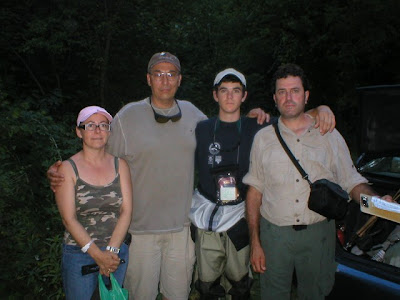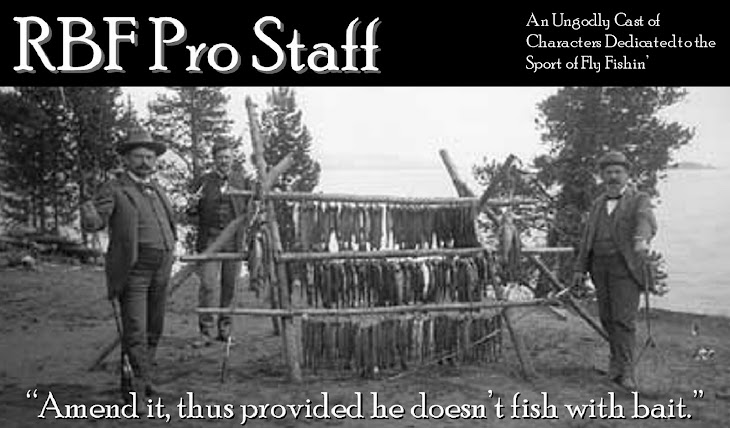 Catalunya (Catalonia) is an autonomous community located in the northeasternmost region of Spain bordering France. Catalan is the official language. I grew up listening to this beautiful language. My grandfather spoke both Catalan and Spanish. He died when I was only 13 but I remember how he would first scrape some socarrat from the paella pan and give it to me and say, “Ésta es el alma del paella! Socarrat is the sweet, dark brown crust on the bottom of the paella. Yes, “It is the soul of the paella!” A perfect paella will have plenty of socarrat for all!
Catalunya (Catalonia) is an autonomous community located in the northeasternmost region of Spain bordering France. Catalan is the official language. I grew up listening to this beautiful language. My grandfather spoke both Catalan and Spanish. He died when I was only 13 but I remember how he would first scrape some socarrat from the paella pan and give it to me and say, “Ésta es el alma del paella! Socarrat is the sweet, dark brown crust on the bottom of the paella. Yes, “It is the soul of the paella!” A perfect paella will have plenty of socarrat for all!Born in Barcelona, my grandfather came to our country when he was seventeen. He was a master gunsmith. He loved his homeland and its cuisine. He loved conill (cun-eel-yuh), rabbit, especially in paella or with white beans.
Catalans are said to have two emotions that guide their lives; seny, which means solid common sense, and rauxa, a creative chaos. Catalans are never burdened with self doubt, thus – “Soc un gran pescador!”

Mis buenos amigos de España
I became very close with the Miquel Sala Muntada family from Oliana in Catalunya. Santi, the mother, taught me how to cook their family version of paella and other Catalan dishes while Miquel was just murdering the trout on Spring Creek with one of RBF’s famous flies. Miquel landed seventeen trout while the American immediately below him managed only five. That evening was the most memorable time that I have ever spent alongside a trout stream – and I never cast a line.

Santi, Chief, Miquel and Miquel
Paella is pronounced (pay-ail-ya) in Catalan. The double l is not the simple y of American Spanish or Beaner, but the palatized l of Castilian – rather like the lli in “scallion”.
The classic, original paella known as Paella Valenciana, dates to the eighteenth century, first prepared in Valencia. Other regions in Spain, including Catalunya enthusiastically adopted paella and concocted their own versions. My version comes mainly from my grandfather, Jose Tremul Penedes.
The abuses committed in the name of paella are excessive. I’ve seen recipes made with leftover turkey, canned chopped clams, sliced pepperoni and Spanish rice mix – in a microwave! What must be understood is that whatever it contains, paella is above all a rice dish – and it is ultimately good rice, not good seafood or chorizo that makes paella great. I once ate paella prepared by a master chef featured on PBS, it resembled rice soup!
Chief's five traditional rules for proper enjoyment of paella:
1) It must be eaten outside, preferably in the shade or under the stars.
2) It must be prepared entirely in the pan.
3) It must be served or eaten directly from the pan.
4) It must be dished up with a spoon made of boxwood.
5) The only proper topics of conversation during consumption of a paella are women, sports, hunting, fishing, crops or husbandry. Political controversies and philosophical declarations are to be avoided.
Chief’s strictures aside, there are some rules that must be followed if you want to make good paella.
First – You must use a round or short grain rice. Calasparra (Bomba) rice is the very best. This rice is exceptionally absorbant, which enables it to absorb 50% more broth than ordinary rice without becoming soggy. In its absence, the next best thing is Italy’s aborio rice – the kind used for risotto. Avoid any Beaner rice types, they make lousy paella. I get my bomba rice from La Tienda. http://www.tienda.com/
Second – If you can’t use a real paella pan, at least use a vessel that is as wide and as shallow as possible. The point is that the liquid added to the dish must be cooked off evenly and relatively quickly, so the broadest possible area of contact between rice and pan bottom is desirable. Paella pans made in Spain are available from La Tienda and others.
Third – Paella should always be cooked on top of a flame, uncovered. A true paella is always cooked over an open wood fire. Live flames lapping around the edges of the paella create an atmosphere inversion on the surface of the paella, keeping the top of the rice moist with steam and flavoring the dish with a bit of wood smoke. It’s most important to level the pan before starting your fire. Since wood fire cookery may not always be practical, I suggest using a round barbecue over a deep bed of coals, placing the pan only 4 – 5 inches over the fire. You can also make lovely paella on a gas range with large, high output burners. It is very difficult to make good paella on an electric range as those contraptions create a hot spot in the middle of the pan and will burn the rice.
A few more rules. First - NEVER stir a paella once the rice is added, though it is permissible to pat the rice down into flatness. Second – NEVER add more liquid than called for. If the paella seems to be drying out too quickly, reduce the heat; conversely, if it is still soupy when the cooking is almost finished, increase the heat. Third – Let the paella rest for 5 or 10 minutes when it comes off the flame, to allow the flavors to marry. Anyway, the plain truth is that, for whatever reasons, paella simply doesn’t taste as good hot as it does merely warm.

Chief's Stove Top Paella
Basic Ingredients
Extra virgin olive oil
Chicken or wild fowl breasts, sliced; chicken thighs; or rabbit
Pork or venison loin
Sweet or hot chorizo, not the Beaner type
Mussels
Shrimp
Red peppers, roasted
Sweet peas, snow peas or white beans
Saffron
Sweet smoked paprika
Rice – allow ½ cup uncooked per person.
Stock – allow 3 cups per cup of rice
Fish or shrimp flavored bouillon cubes
Tomatoes, crushed
Onions, sliced
Salt
Black pepper
Making Paella -
Prepare the stock. If you are including mussels and shrimp in the paella, put a few mussels and the shrimp shells in the water and bring to a boil in a separate pot. You can also use fish or shrimp flavored bouillon cubes. I prefer Gallina Blanca brand. Add crushed saffron and stir. I like to lightly toast the saffron before crushing. You will add the stock after you brown the meats and prepare the sofregit.
Season the chicken, pork or venison with black pepper, salt and smoked paprika. Over medium high heat, put an ample amount of extra virgin olive oil in the pan and begin to sauté your meat(s) until golden brown. Add the chorizo towards the end as it only needs to be lightly browned. You may remove the meat after sautéing, drain and set aside. I like to push the meat to the sides of the pan while I prepare the sofregit- sautéed tomatoes and onions.
Making the sofregit – Over medium high heat sauté the crushed tomatoes and sliced onions until they are married. Return the meat to the pan and stir well to coat with the sofregit. Add the stock and bring to boil.
Add the rice, peppers and peas or beans. Stir the entire pan to distribute the ingredients. The vegetables in a paella should be very soft and almost integrated into the rice. Sprinkle on the smoked paprika. Start your timer. After cooking for 10 minutes, add the mussels and shrimp. Bury the mussels in the rice with the hinge down. The rice should cook for 20-25 minutes or until the rice is done and all the liquid has been evaporated. Remove the paella from the fire and cover with newspaper, cardboard, sheepskin or a lid. Let it rest. Sometimes I sprinkle finely chopped green onions, leeks or parsley on the paella before serving.
I believe that the best wine to be served with paella is Dominio de Eguren – Protocolo. $9.95!

Flyrodder and Bunyan admiring the paella at the Big Woods Summit
If you think that the Chief has a big paella pan...check out this contraption!

7 comments:
OUTSTANDING!!
Beats that NY times article all to hell.
I got my La Tienda catalog today and am seriously considering buying the pan and kit (but not the $1400 Bone-in Jamon Iberico de Bellota!).
Carry on Chief!
Makes my mouth water just looking at it.
I had no idea that Andy was pregnant. Nobody tells me anything anymore :^(
I'm gonna give this recipe a try this weekend. Although I'm not really the kind of guy who keeps saffron in his spice cabinet at home. Maybe I can just use ketchup instead :^)
Muy Bueno Jefe! Muchas Gracias para la receta - su el mejor!
Someone needs to have a chat with Andy about the dangers of unprotected sex....When's he due?
What the heck is saffron anyway?
I finally figured out how to post comments again - I found my password under my mouse pad - hence the chattiness. Its interesting being the village idiot, everything is a new and adventurous experience.....I am a discredit to my occupation....I even googled saffron and got that figured out. I think I need to order some fixins from La Tienda and give it a whirl.
That video is a little scary...I was "relieved" to see the bottle pop into view. Summits have have been known to push the envelopes of excess as far as beverages are concerned, and recalling what Wade said about outhouses: "They're always too far away when it's cold..."
Post a Comment